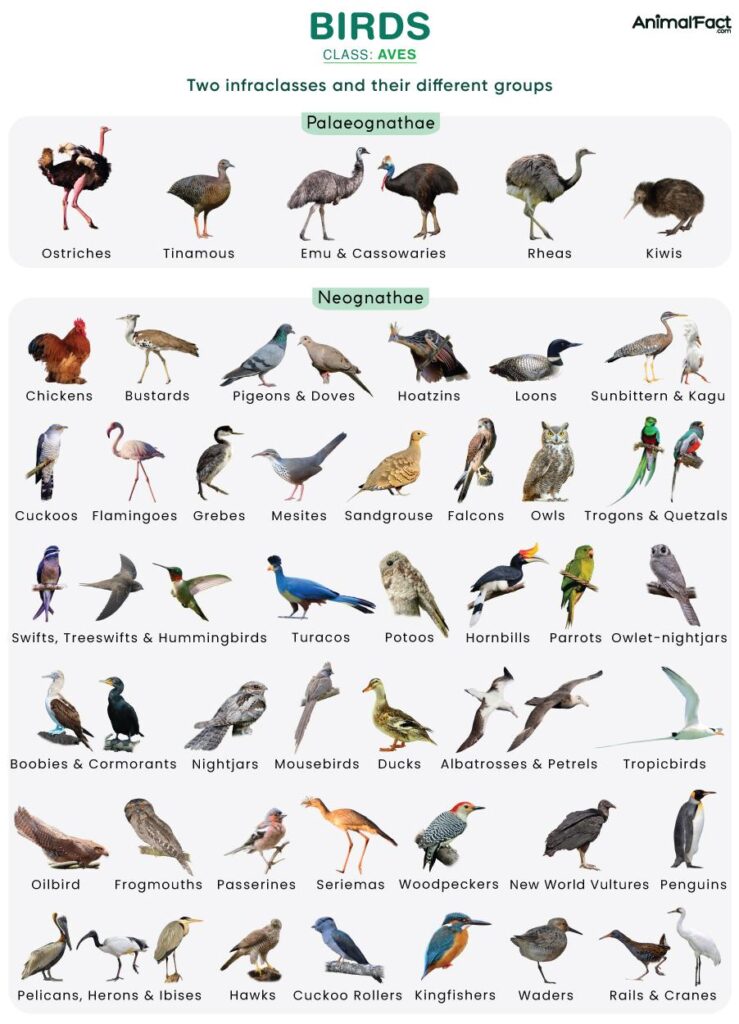In a world grappling with the escalating impacts of climate change, even nature’s most agile aviators are feeling the heat. A recent study highlighted by Phys.org reveals the sobering reality that many bird species are struggling to adapt to rapid environmental shifts, challenging long-held assumptions about the resilience of wildlife. As temperatures rise and weather patterns become increasingly erratic, birds—once seen as symbols of freedom and adaptability—are now facing existential threats that could reshape ecosystems across the globe. This article delves into the findings of the research, exploring how climate change is interfering with avian migration patterns, breeding cycles, and survival strategies, ultimately underscoring the urgent need for comprehensive action to mitigate these unprecedented challenges.
Impact of Climate Change on Bird Migration Patterns
The intricate dance of bird migration is being profoundly influenced by the escalating impacts of climate change. As temperatures rise and weather patterns shift, numerous species are finding their long-established migration routes compromised. Research indicates that many birds are arriving at their breeding grounds earlier or later than normal, disrupting their synchronized lifecycle events. This misalignment can lead to a scarcity of food resources, a mismatch in breeding cycles, and increased vulnerability to predators.
Recent studies underscore the importance of understanding these patterns not only for avian populations but also for broader ecosystems. The following factors exemplify some of the key consequences of climate alterations on bird migration:
- Temperature Changes: Migratory species are moving northwards in response to rising temperatures, which affects biodiversity.
- Weather Extremes: Increased frequency of storms can deter migration, causing delays or even forcing birds to abandon their routes.
- Food Availability: Changes in the timing of plant flowering and insect hatching can lead to malnourishment in migrating birds.
| Bird Species | Current Migration Trend | Impact of Climate Change |
|---|---|---|
| Barn Swallow | Arriving earlier | Food scarcity due to mismatched insect emergence |
| Red-tailed Hawk | Shifting northwards | Loss of traditional nesting sites |
| Common Loon | Delaying return | Breeding ground temperature rise affecting chick survival |
Adapting Conservation Strategies to Protect Avian Species
The impact of climate change on avian species has become increasingly apparent, necessitating a reevaluation of conservation strategies tailored to meet these unique challenges. With shifting habitats, altered migration patterns, and extreme weather events becoming the norm, conservationists are called upon to implement adaptive measures that consider the immediate and long-term needs of bird populations. Key strategies include:
- Habitat Restoration: Revitalizing ecosystems to provide resilient environments for birds.
- Monitoring and Research: Leveraging advanced tracking and data analysis to understand species movements and environmental interactions.
- Community Engagement: Mobilizing local communities to participate in conservation efforts through education and volunteer initiatives.
In this ever-evolving landscape, collaboration among scientists, policy-makers, and the public is crucial. Implementing policies that support sustainable land use can mitigate habitat loss, while innovative conservation programs can help to facilitate the movement of species in response to climate stresses. A recent analysis of affected species highlights the urgent need for targeted interventions, summarized in the table below:
| Species | Impact of Climate Change | Proposed Strategy |
|---|---|---|
| Snowy Owl | Reduced prey availability | Enhance habitat protection in breeding grounds |
| Common Swift | Disrupted migration timing | Establish migratory safe corridors |
| American Woodcock | Habitat fragmentation | Focus on reforestation initiatives |
Promoting Sustainable Practices to Mitigate Climate Effects on Wildlife
The alarming effects of climate change are progressively reshaping the habitats essential for wildlife survival. As natural ecosystems face unprecedented challenges, it is imperative to adopt sustainable practices that not only aim to reduce carbon footprints but also bolster the resilience of wildlife populations. These practices can significantly mitigate the risks associated with habitat loss and pollution, ultimately fostering a healthier environment. Some of the effective strategies include:
- Restoration of natural habitats: Reviving native flora and fauna to enhance biodiversity.
- Implementation of conservation policies: Establishing protected areas that safeguard vulnerable species.
- Sustainable land management: Utilizing agroecological practices to minimize environmental impacts.
Incorporating community-driven initiatives to promote awareness and education around wildlife conservation is equally crucial. Engaging local populations not only empowers them to take action but also fosters a collective responsibility towards ecological stewardship. Several key approaches include:
- Creating wildlife corridors: Facilitating safe passage for animals across fragmented landscapes.
- Educational outreach programs: Raising awareness about the connection between lifestyle choices and climate impact.
- Community-led conservation projects: Enabling locals to manage and protect their natural resources.
Wrapping Up
the challenges posed by climate change are not just a human concern; they extend far into the natural world, with even the most agile of avian species struggling to adapt. As highlighted in the latest findings reported by Phys.org, birds are facing shifts in their migratory patterns, nesting behaviors, and food availability, all of which threaten their survival. The study serves as a critical reminder that the impacts of climate change are profound and pervasive, affecting ecosystems and species across the globe. As we continue to grapple with this pressing issue, it is imperative that both individuals and policymakers take proactive measures to mitigate its effects and protect our planet’s biodiversity. The stakes are high, and the survival of many species—ours included—depends on swift, collective action.
